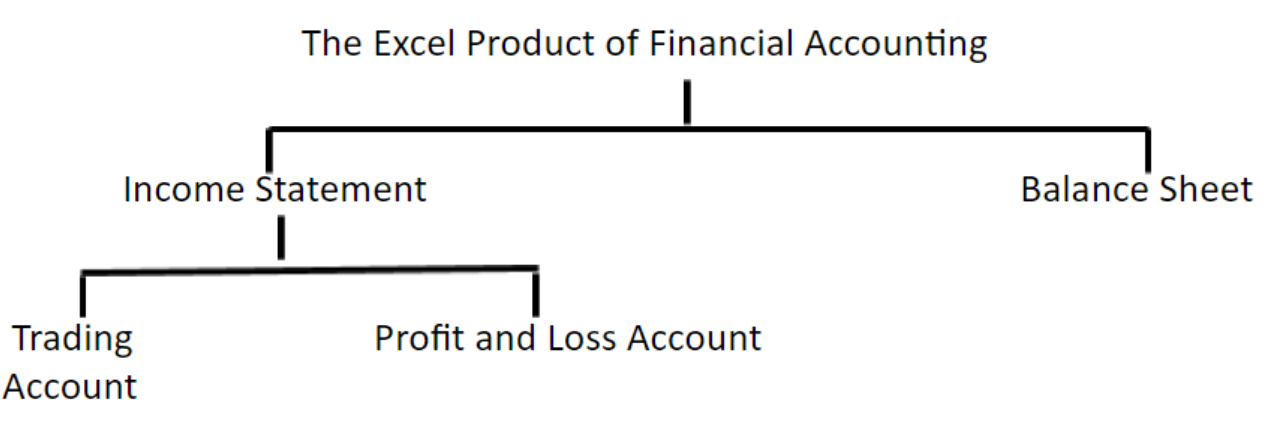NCERT Class 11 Accountancy Chapter 1 Question Answers - FREE PDF Download
FAQs on NCERT Solutions for Class 11 Accountancy Chapter 1 Introduction To Accounting
1. What is a balance sheet in Account Chapter 1 Class 11?
Class 11th Accounts Chapter 1 Question Answer, A Balance Sheet is one of the financial statements that is prepared during the process of maintenance of the accounts of a particular firm or business entity. As accounting is a continuous process, the balance sheet also periodically adds particulars that are related to the firm. It mainly comprises the chronological representation of the total assets, liabilities, and equity owned by the business entity.
2. What is a Ledger Book in Account Chapter 1 Class 11?
A Ledger Book or more precisely Ledger Account is the primary and chief journal in the accounting of an organisation or a business entity. It includes complete information on all the aspects related to the financial transactions made by the business entity within the stipulated period. It also consists of the cash in hand and cash in the bank. The salaries, wages, bonds, properties, loans, etc. are indicated in the ledger. Thus, a ledger account gives a complete bird’s eye view of all the essentialities possessed by the organisation. For more details learn Class 11th Accounts Chapter 1 Question Answer.
3. What do you study in Class 11 Accountancy Chapter 1?
Students will be able to learn the following topics in Class 11 Accountancy Chapter 1:
Meaning, significance, and objectives of accounting
Economic events
Identification, measurement, recording, and communication
Meaning of Organisation
Interested users of information
Accounting as a source of information
Qualitative characteristics of accounting information
Reliability
Relevance
Understandability
Comparability
Objectives of Accounting
Maintenance of record of business transactions
Calculation of profit and loss
Depiction of financial position
Providing accounting information to its users
Role of accounting
4. What does the term ‘revenue’ mean from Account Chapter 1 Class 11?
A company's revenue is defined as the money it makes from selling its products during a specific period. Profits that a company makes by selling its goods or delivering services to customers are referred to as sales revenue. Other than that the following revenue sources are common to many companies: commissions, interest, dividends, royalties, rent earned, etc. The term "revenue" can be used interchangeably with the term "income." Revenue is a basic terminology that is frequently used in the subject of Chapter 1 Accounts Class 11.
5. Is Account Chapter 1 Class 11 important for exams?
Chapter 1 Accounts Class 11 ‘Introduction to Accounting’ is a very crucial chapter for the students belonging to the commerce stream. This chapter gives the students in-depth information about what accounting is and what its aspects are. Students must be very much aware of these concepts as this chapter holds the foundation of the entire study of commerce. If you want to learn more about Class 11 Accountancy Chapter 1 ‘Introduction to Accounting’, then you must glance through the website Vedantu.
6. What are the 5 basic accounting principles?
The five basic accounting principles in Chapter 1 of Accounts Class 11 are:
Revenue Recognition Principle: Record revenue when it's earned, not when cash is received.
Matching Principle: Match expenses with related revenues in the same accounting period.
Historical Cost Principle: Record assets at their original acquisition cost.
Conservatism Principle: Be cautious in recognising revenues and expenses, preferring understatement or overstatement.
Consistency Principle: Use the same accounting methods and principles consistently to ensure comparability.
7. What are the branches of accounting in Class 11 Accountancy Chapter 1 Question Answers?
The branches of accounting in Accountancy Class 11 Chapter 1 Questions and Answers include:
Financial Accounting: Focuses on preparing financial statements for external users.
Management Accounting: Provides internal management with information for decision-making.
Cost Accounting: Analyses costs of production and helps in cost control.
Tax Accounting: Deals with tax-related matters, ensuring compliance with tax laws.
8. What are real accounts in Accountancy Chapter 1 Class 11?
In Accountancy Class 11 Chapter 1 Questions and Answers, real accounts represent tangible assets, liabilities, or owner's equity. These accounts are not closed at the end of an accounting period and carry forward their balances to the next period, reflecting ongoing financial positions.
9. What type of account is cash from Accountancy Chapter 1 Class 11?
Cash is a real account. It represents a tangible asset of the business and is classified as an asset account on the balance sheet. Cash accounts record cash transactions, including receipts and payments.
10. Which is a permanent account in Accountancy Class 11 Chapter 1 Questions and Answers?
Permanent accounts, also known as real accounts, are not closed at the end of an accounting period. They maintain their balances from one period to the next and provide a continuous record of a company's financial position. Examples include asset accounts such as cash, accounts receivable, and property; liability accounts like accounts payable; and owner's equity accounts such as capital. Accountancy Class 11 Chapter 1 Questions and Answers, permanent accounts help in assessing long-term financial health and stability, serving as a foundation for financial reporting and decision-making by management and external stakeholders.
11. What is capital in accounting in Accountancy Chapter 1 Class 11?
In accounting, capital refers to the owner's equity or the amount of money invested by the owner(s) into the business. It represents the ownership stake and reflects the net assets of the business after liabilities are deducted from assets.
12. Is CBSE accountancy hard in Class 11 Accountancy Chapter 1 Question Answers?
CBSE accountancy can be challenging for some students due to its detailed concepts and application of principles. However, with proper understanding and practice, it can be mastered effectively.
13. What is a petty cash book in Class 11 Accountancy Chapter 1 Question Answers?
A petty cash book is used to record small, routine expenditures such as office supplies, postage, and minor miscellaneous expenses. It helps in managing and tracking small cash transactions efficiently within a business.


























